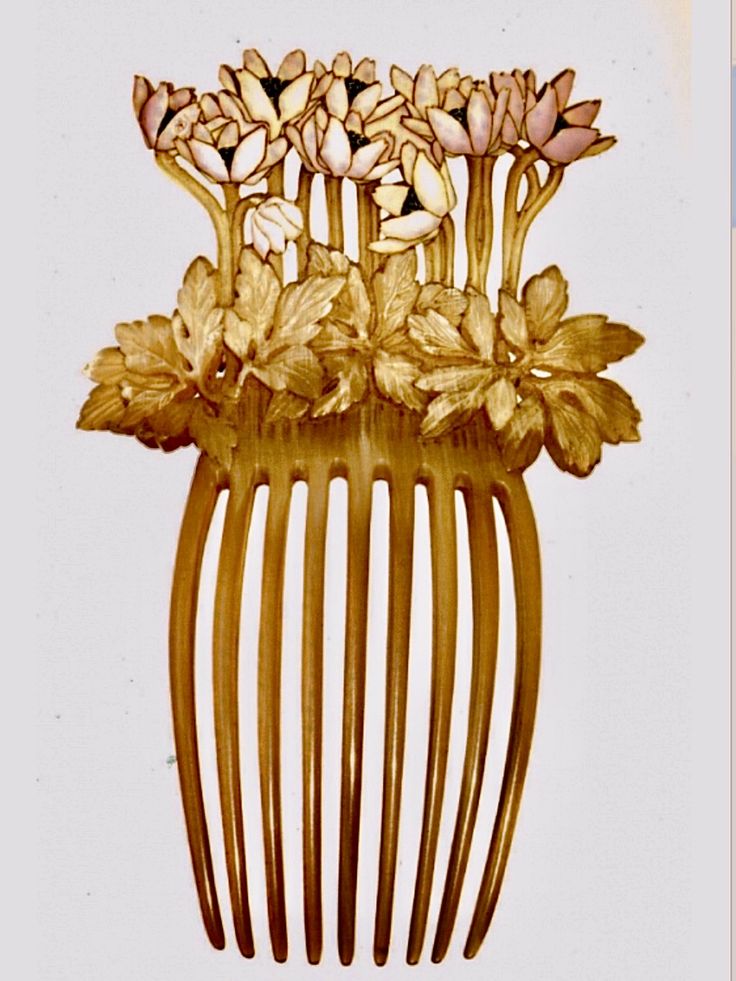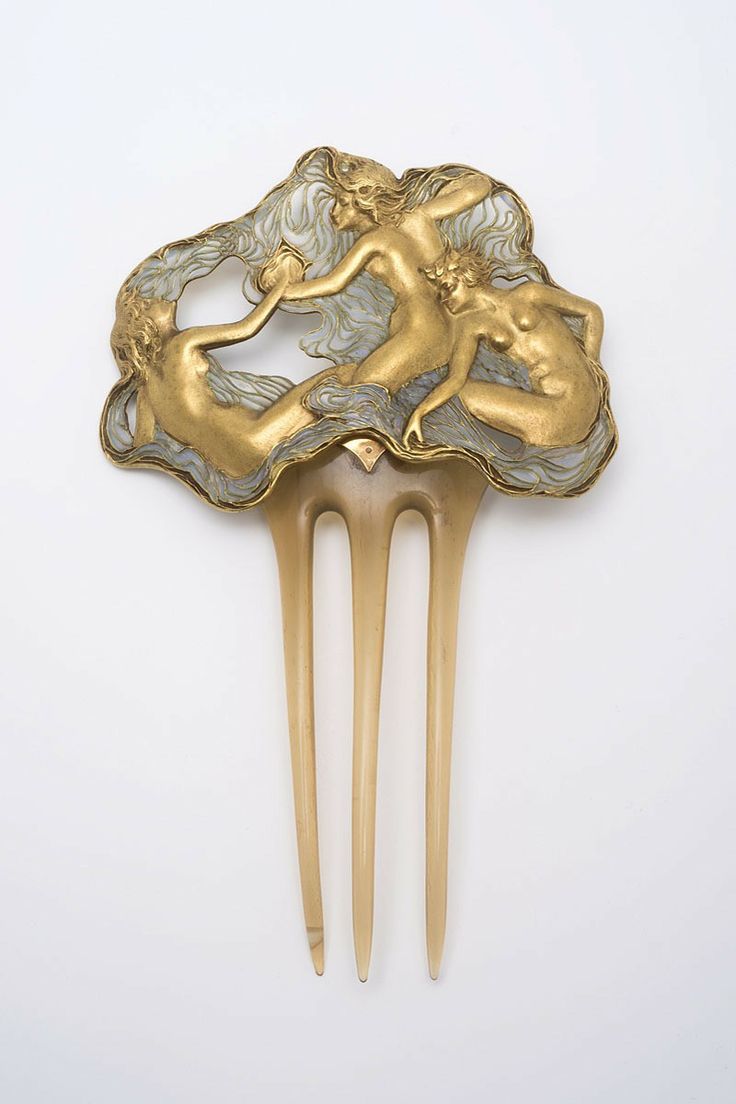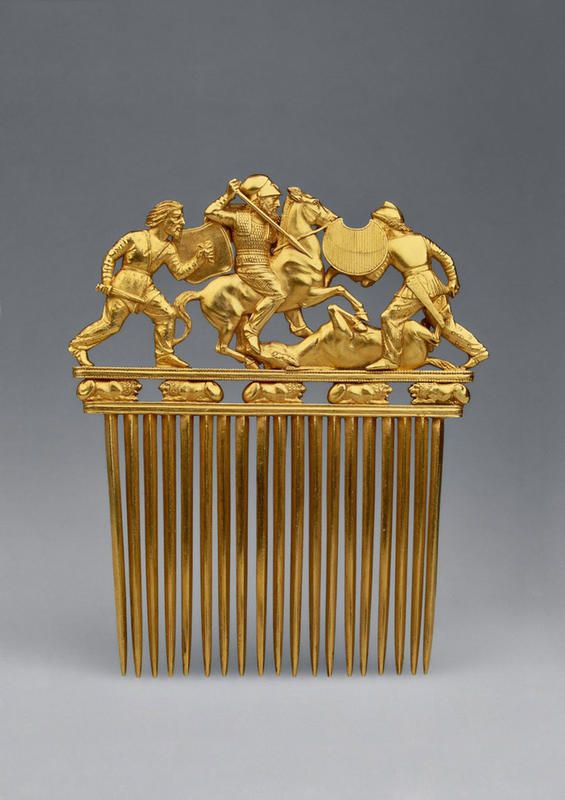The history of combs spans millennia, with evidence of their use dating back at least 5000 years. These everyday objects, often overlooked in their ubiquity, have served as indispensable tools for grooming, personal adornment, and cultural expression. Delving into the past reveals a fascinating array of combs, each a testament to the diverse materials, craftsmanship, and aesthetic sensibilities of bygone eras.

Some of the most beautiful surviving examples of old combs provide a glimpse into the artistry and functionality inherent in these seemingly simple implements. Archaeological finds from various civilizations showcase combs crafted from a variety of materials, including bone, ivory, wood, and precious metals. The intricate carvings and embellishments on these ancient combs reflect the cultural values and artistic styles of their respective societies.

In ancient Egypt, combs were not merely utilitarian objects but also held symbolic significance. Elaborately crafted combs, often made from ivory or wood, featured intricate designs depicting scenes from mythology or religious motifs. These combs, discovered in archaeological excavations, highlight the Egyptians’ penchant for blending functionality with artistic expression.

The Vikings, known for their seafaring exploits, left behind finely crafted combs made from materials such as bone and antler. These Norse combs often featured intricate geometric patterns and were treasured possessions, underscoring the importance of personal grooming even in the rugged life of a Viking warrior.
In China, ancient combs made from bamboo, jade, and other materials reflect the country’s rich cultural heritage. Chinese combs were often adorned with auspicious symbols and intricate engravings, emphasizing the connection between grooming rituals and spiritual beliefs.
During the Middle Ages in Europe, combs crafted from ivory or bone became popular among the aristocracy. These combs, often finely carved with delicate filigree, served as both practical tools and status symbols, showcasing the wealth and refinement of their owners.
The surviving examples of old combs not only attest to the longevity of grooming practices but also reveal the evolving styles and preferences of different cultures throughout history. As functional artifacts and pieces of art, these combs offer a tangible link to the daily lives, social customs, and aesthetic sensibilities of our ancestors.
In the present day, as we continue the tradition of using combs in our grooming routines, these ancient examples remind us of the enduring nature of certain cultural practices. The beauty and craftsmanship of old combs, whether displayed in museums or unearthed through archaeological excavations, invite us to appreciate the rich tapestry of human history woven into these seemingly mundane objects.

